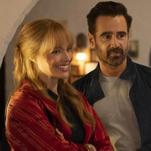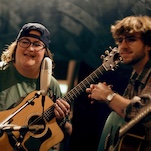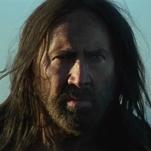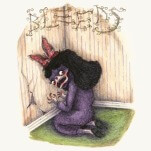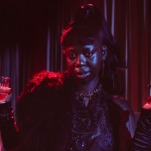Fable Prequel Saint Takes Us Back to the World of the Narrows
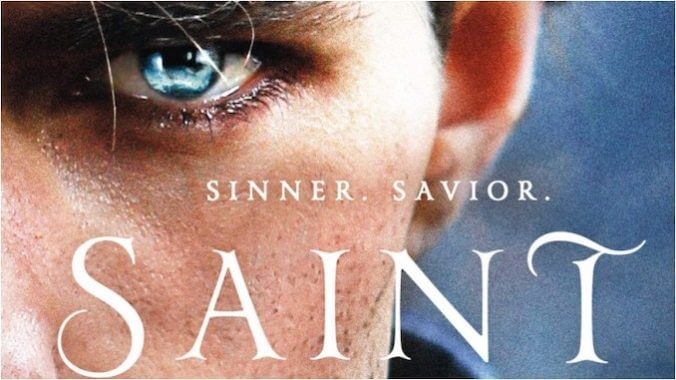
For whatever reason, historical fiction is hard to find in the young adult publishing space these days as boundary-pushing contemporary stories, lush fantasy tales, and grim dystopias seem to dominate shelf space. This is a big part of the reason why Adrienne Young’s books have felt like a breath of fresh air in recent years. Her “World of the Narrows” series, full of richly imagined tales of high seas adventures, smugglers, and pirates is the perfect escapist adventure, with the sort of thorough, lived-in world-building that will doubtless leave readers hoping for more stories in this universe for years to come.
Technically a prequel to her Fable duology, her latest novel Saint depicts the epic love story between Fable’s parents, a relationship that is referenced many times in those novels with varying degrees of reverence and mythologizing. Your mileage will likely vary on whether or not you think this depiction of their romance lives up to the hype—though the pair has lots of chemistry, the instant attraction that immediately springs up between them isn’t particularly well developed. But both are interesting enough as characters on their own that their love story is surprisingly one of the least important (or compelling) parts of the novel.
Saint does its best to humanize Fable’s father, a man who, by the time of his daughter’s adventures, is as much a myth or a cautionary tale as he is an actual person. (And, since he basically abandons Fable to life on a semi-deserted island, it’s not like the two of them are anything resembling close.) By filling in various elements of his backstory (the reason he’s so superstitious, why he’s so dedicated to life on the sea, his relationship ), the character certainly becomes more well-rounded and three-dimensional, if not always entirely likable, and his vision for a better future for the Narrows he loves so much is fascinating, even if we all sort of know in advance the ways in which it will both succeed and fail. Yet, there are moments where he feels more like a standard YA hero than a person that will grow up to be the Saint we met in the previous novels, and while I suspect we’re meant to assume it’s Isolde’s death that will ultimately make him a monster, the story isn’t exactly clear about how that change occurs.
-

-

-

-

-

-

-

-

-

-

-

-

-

-

-

-

-

-

-

-

-

-

-

-

-

-

-

-

-

-

-

-

-

-

-

-

-

-

-

-


